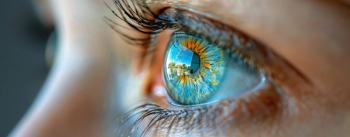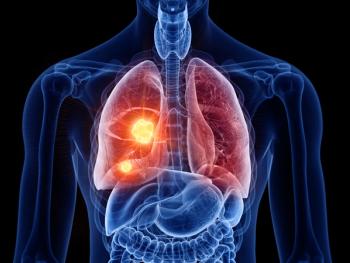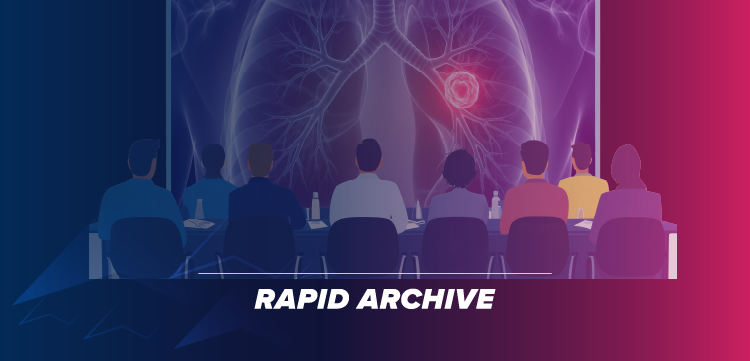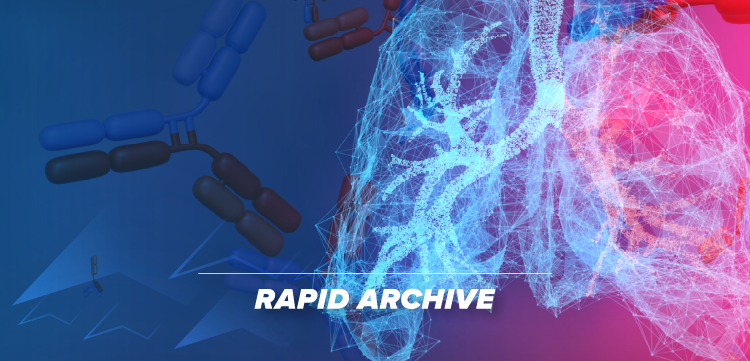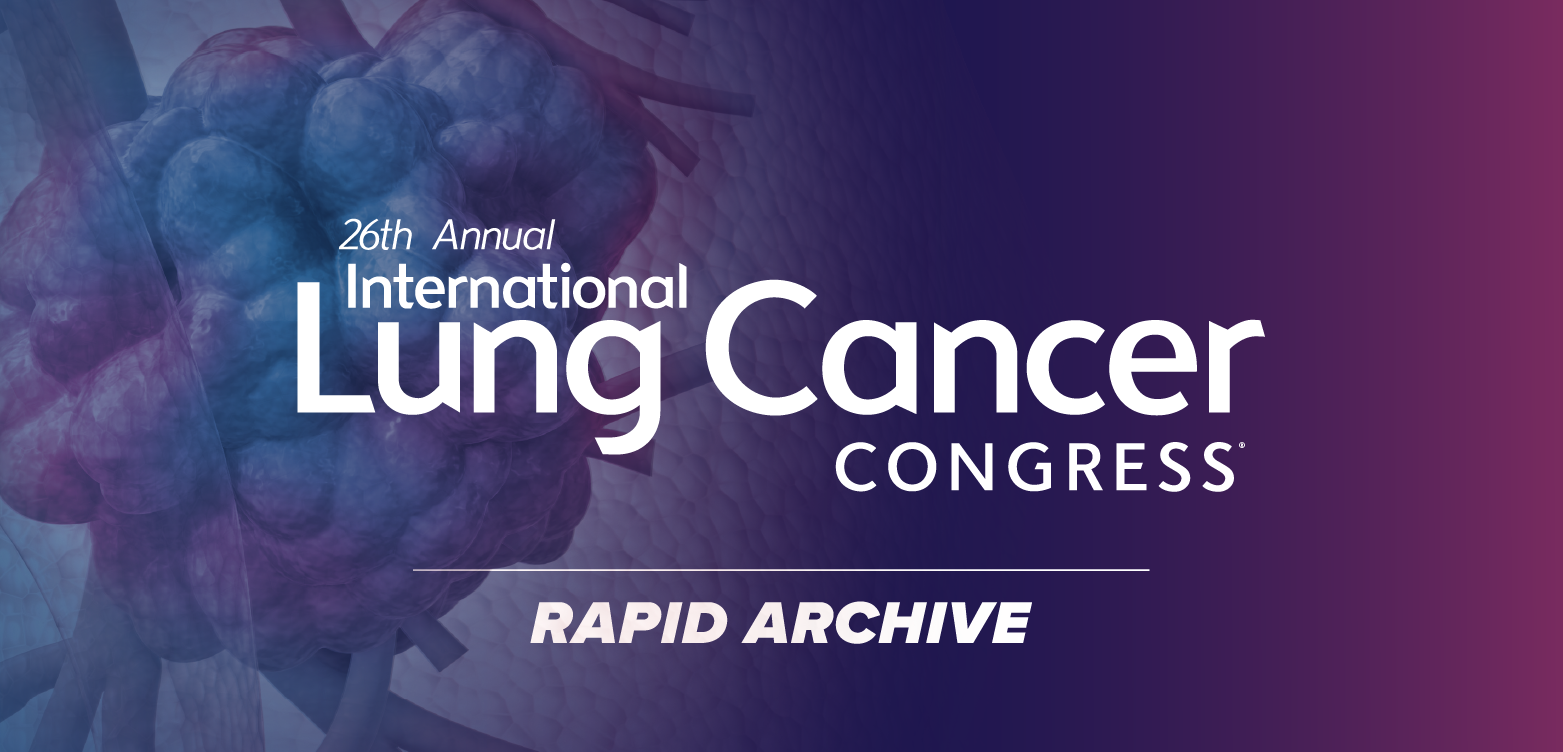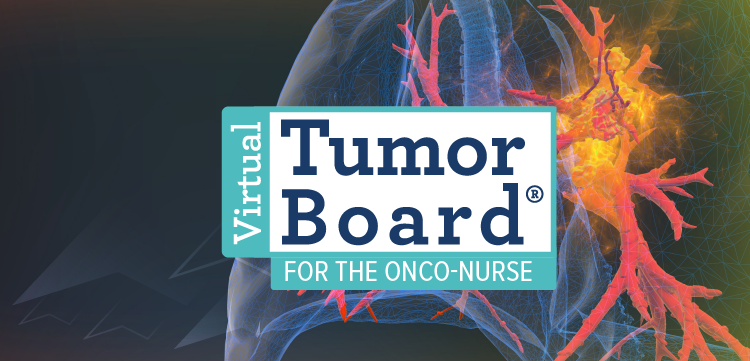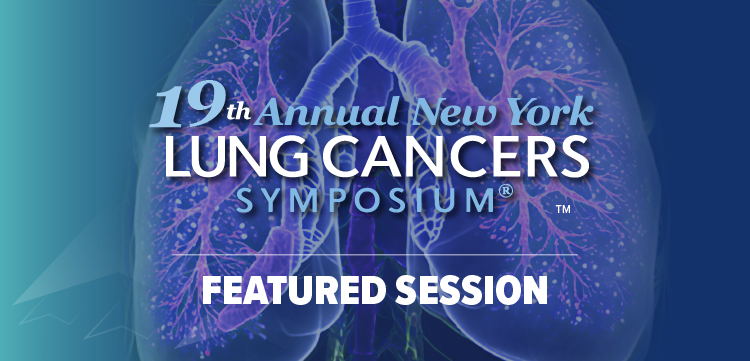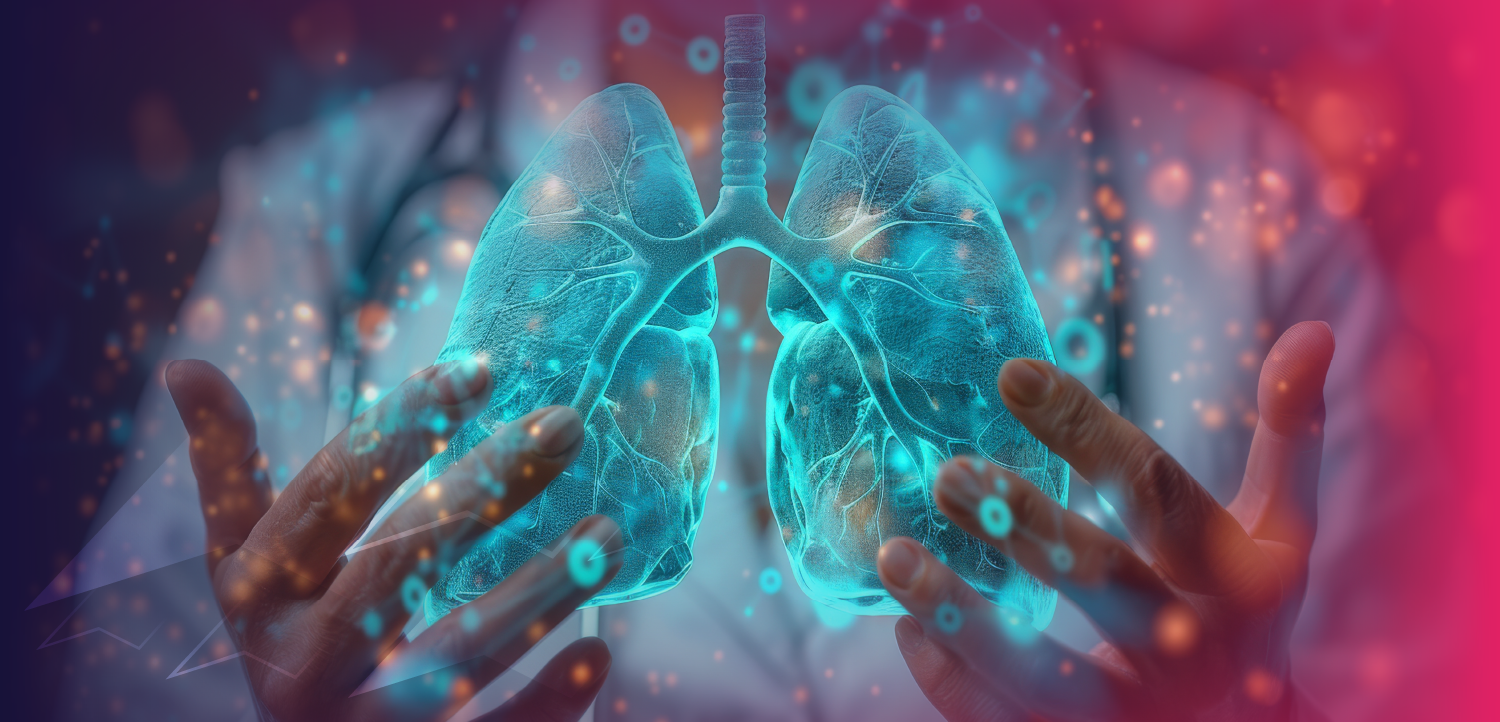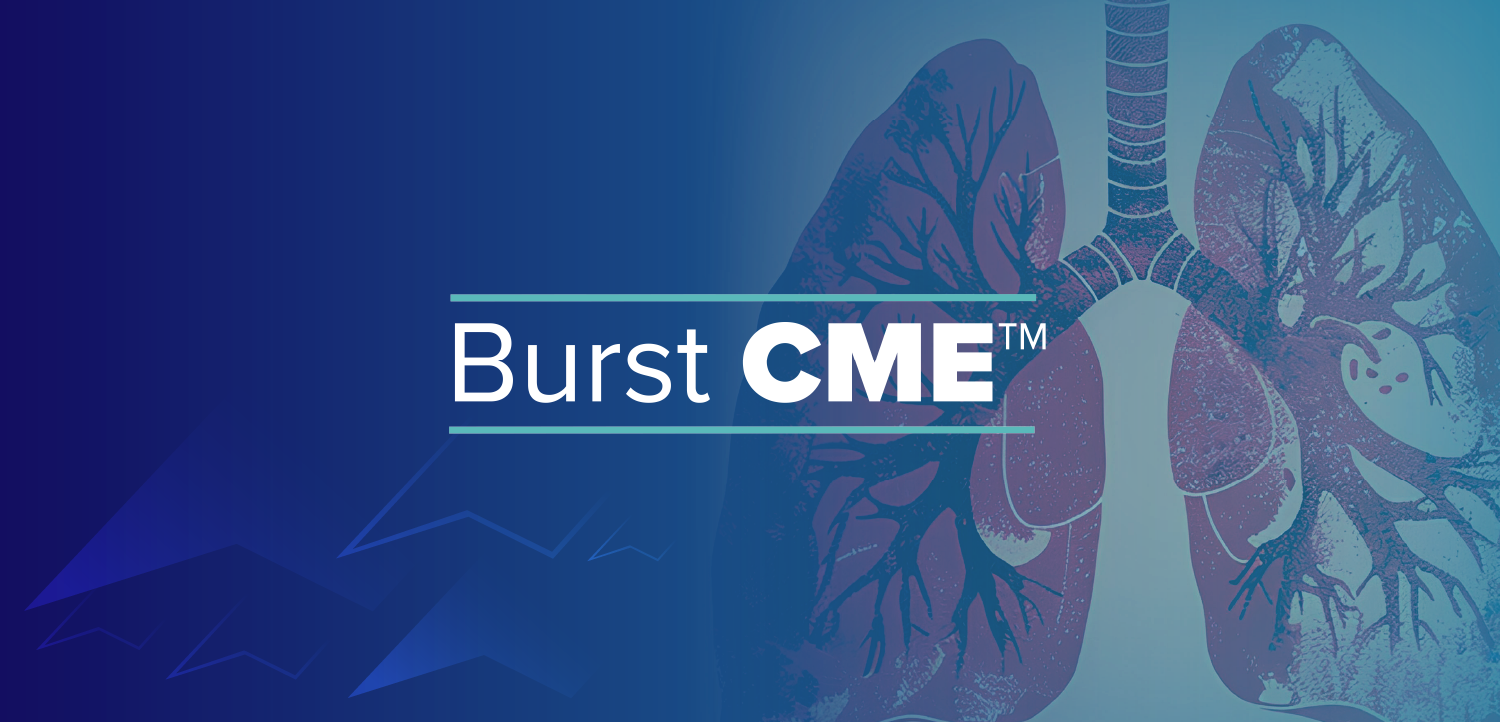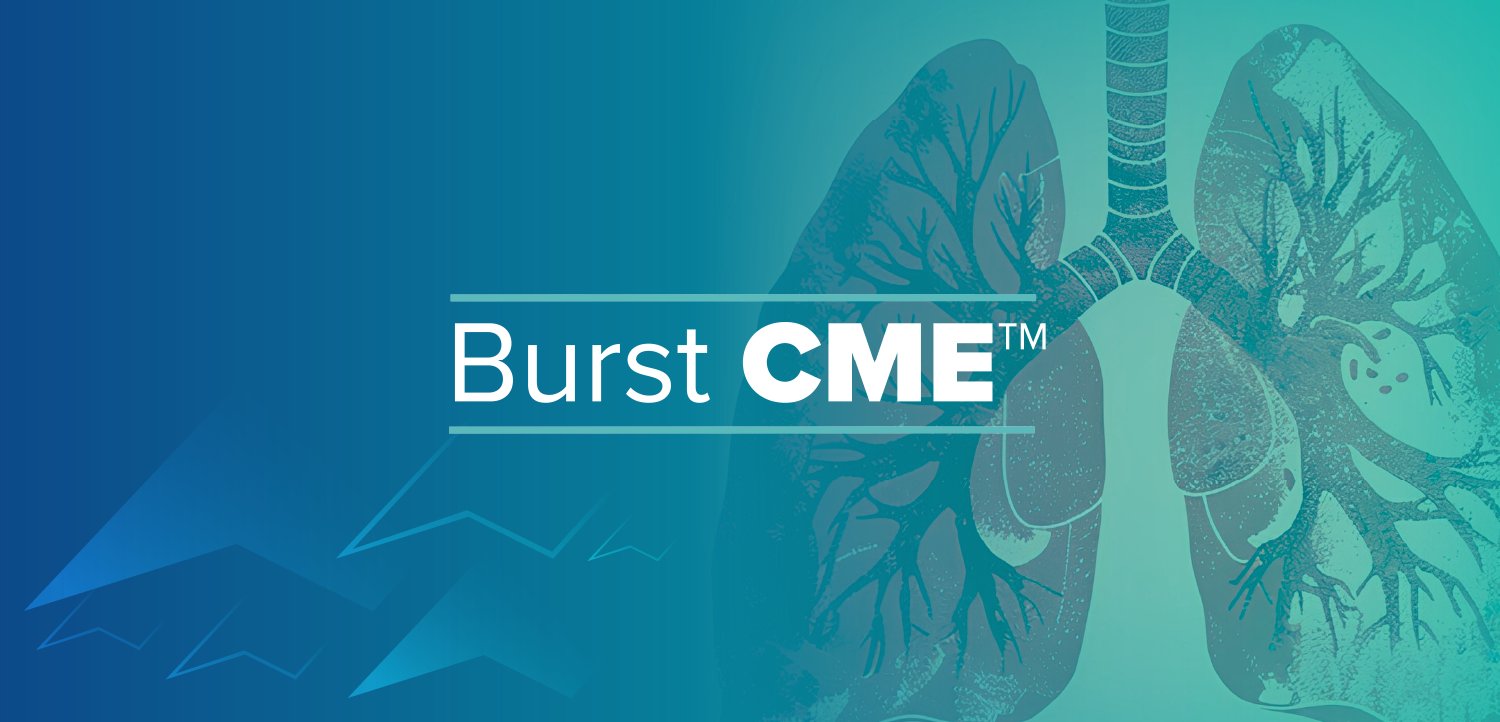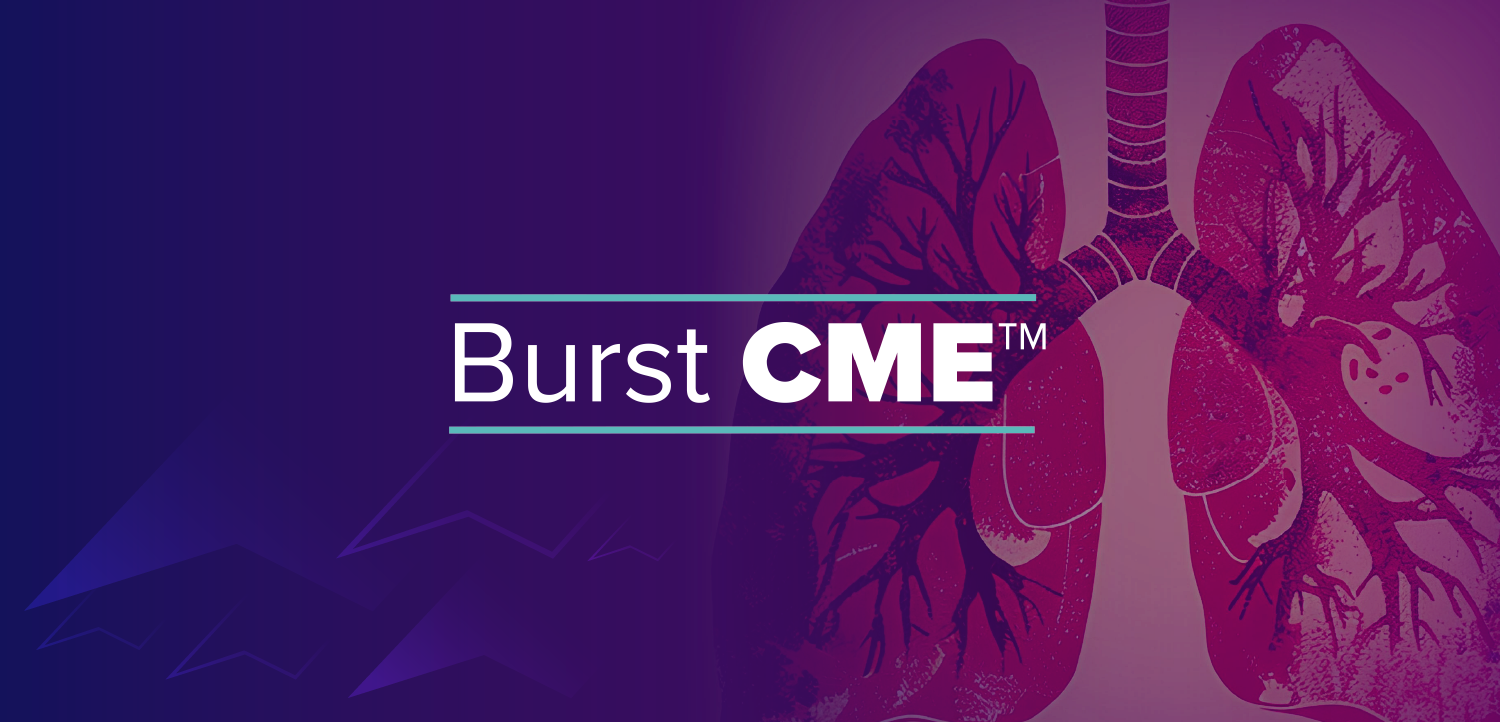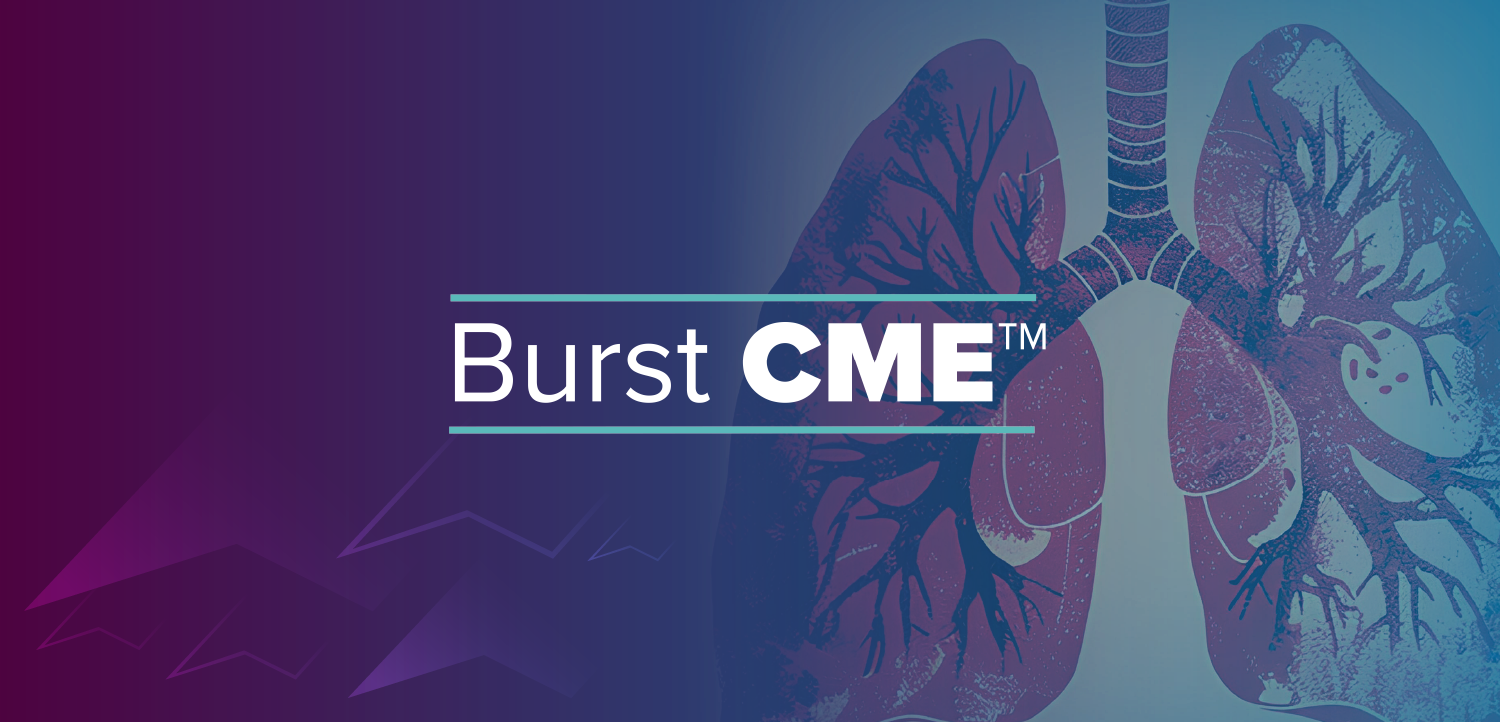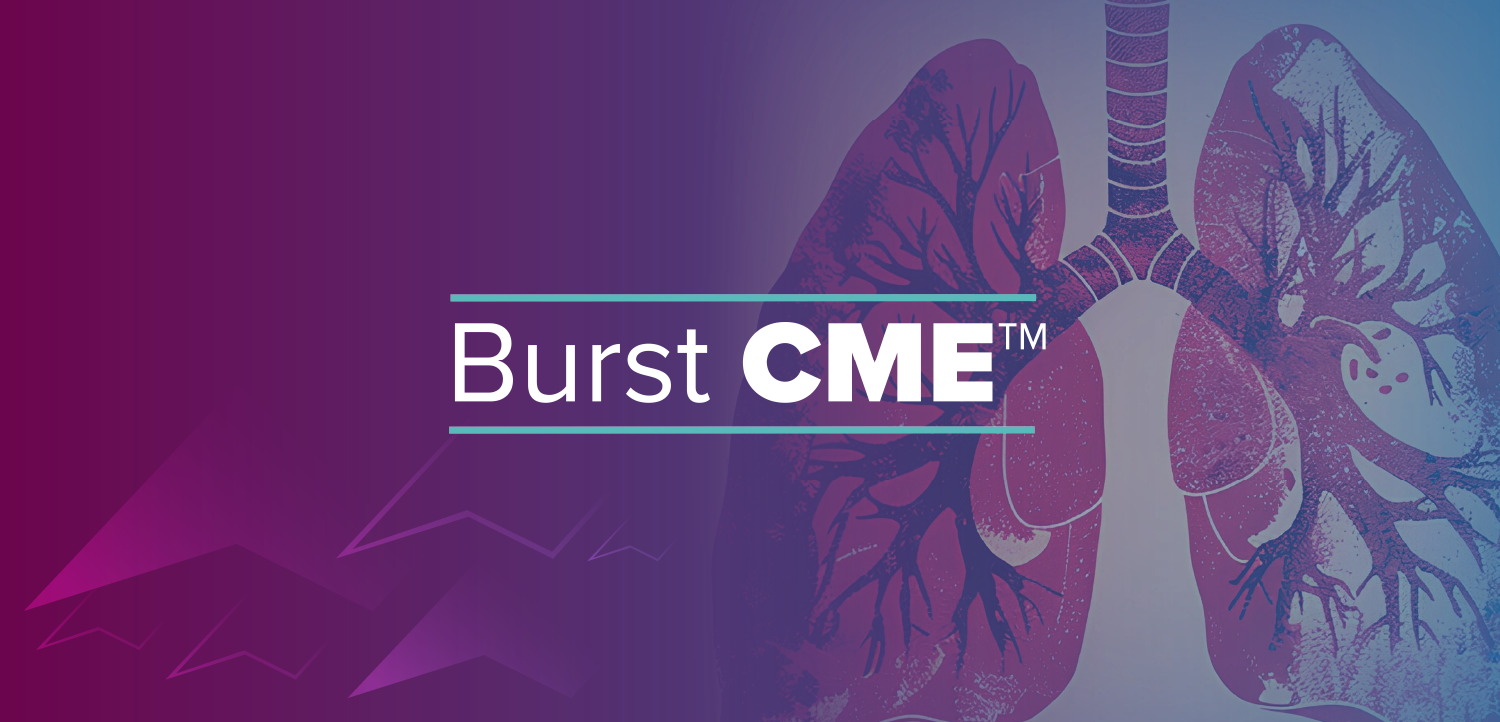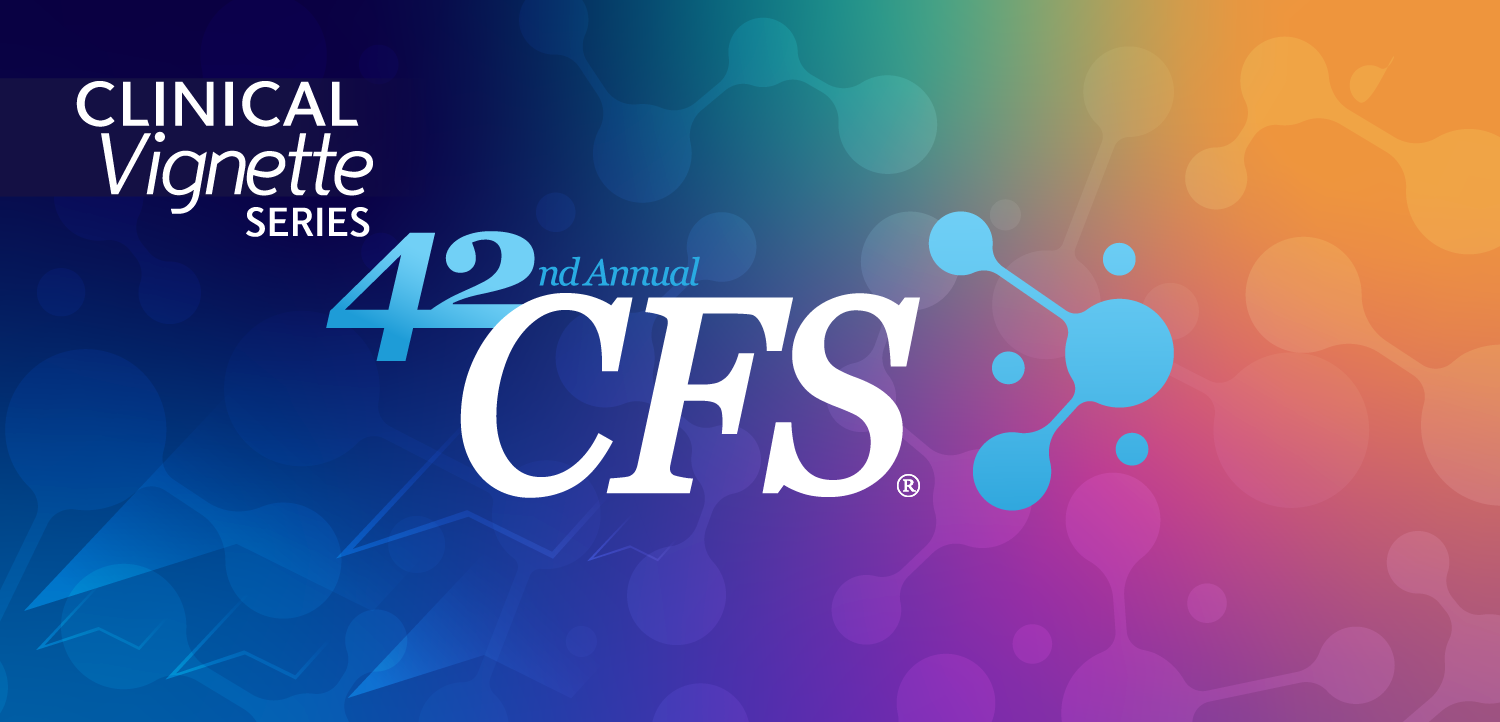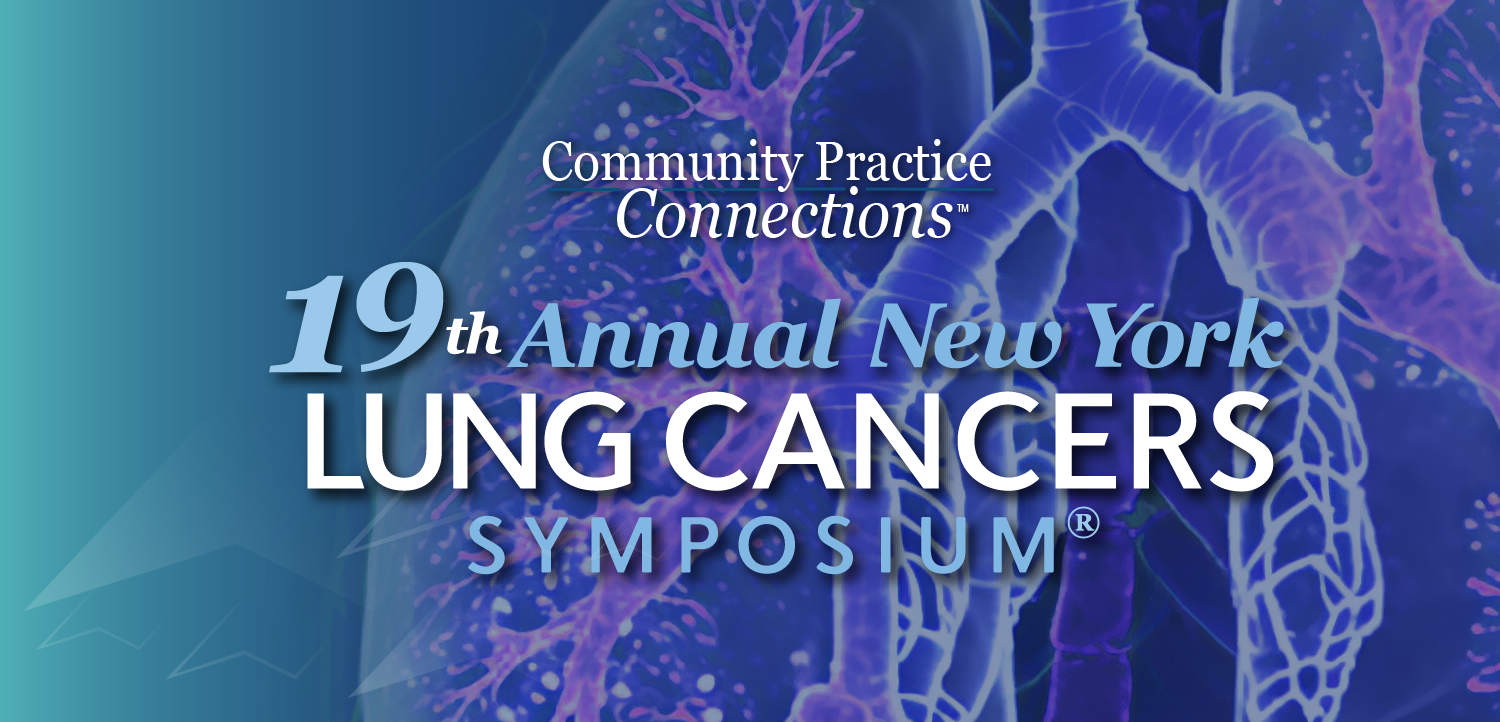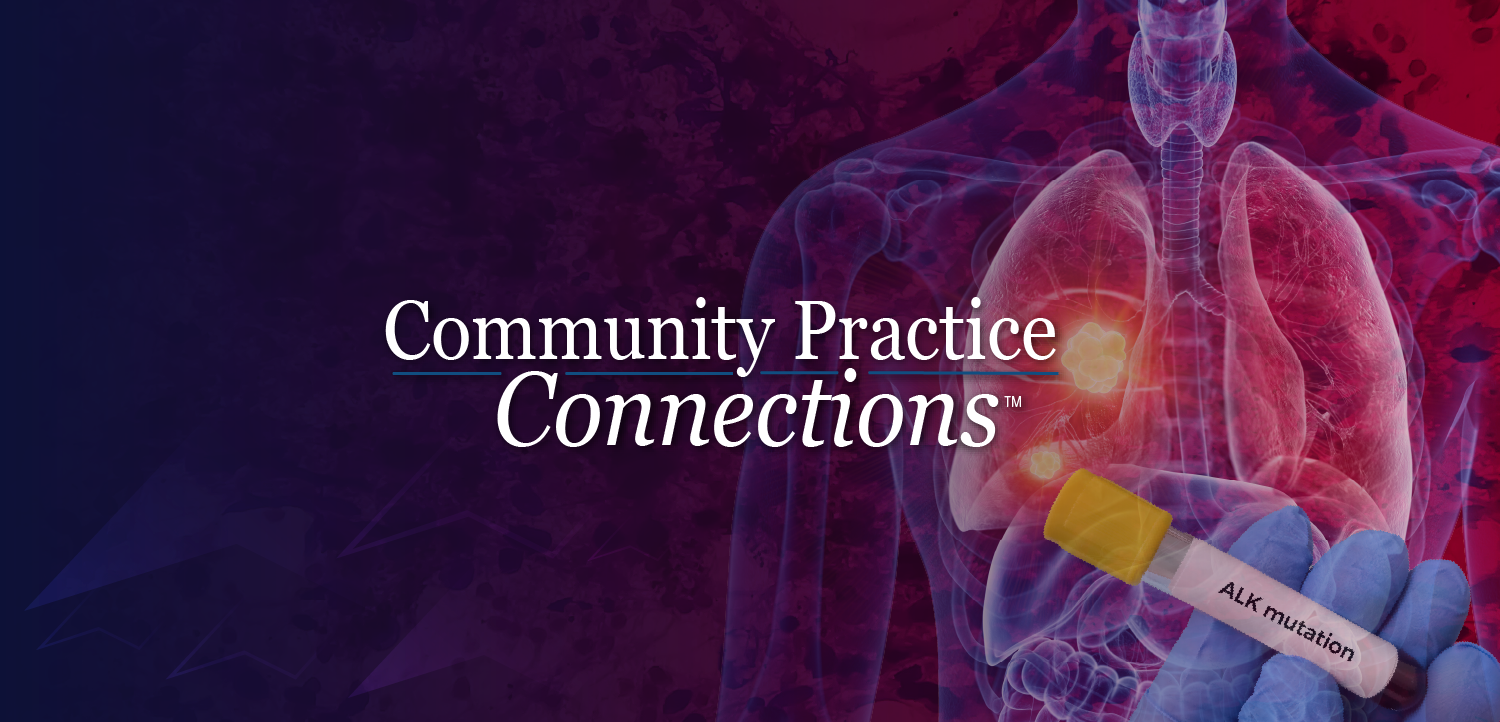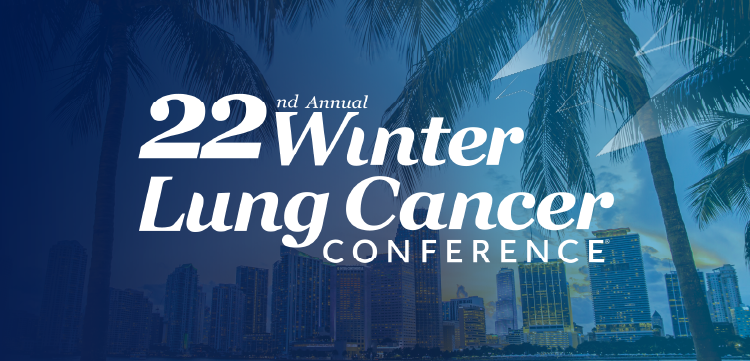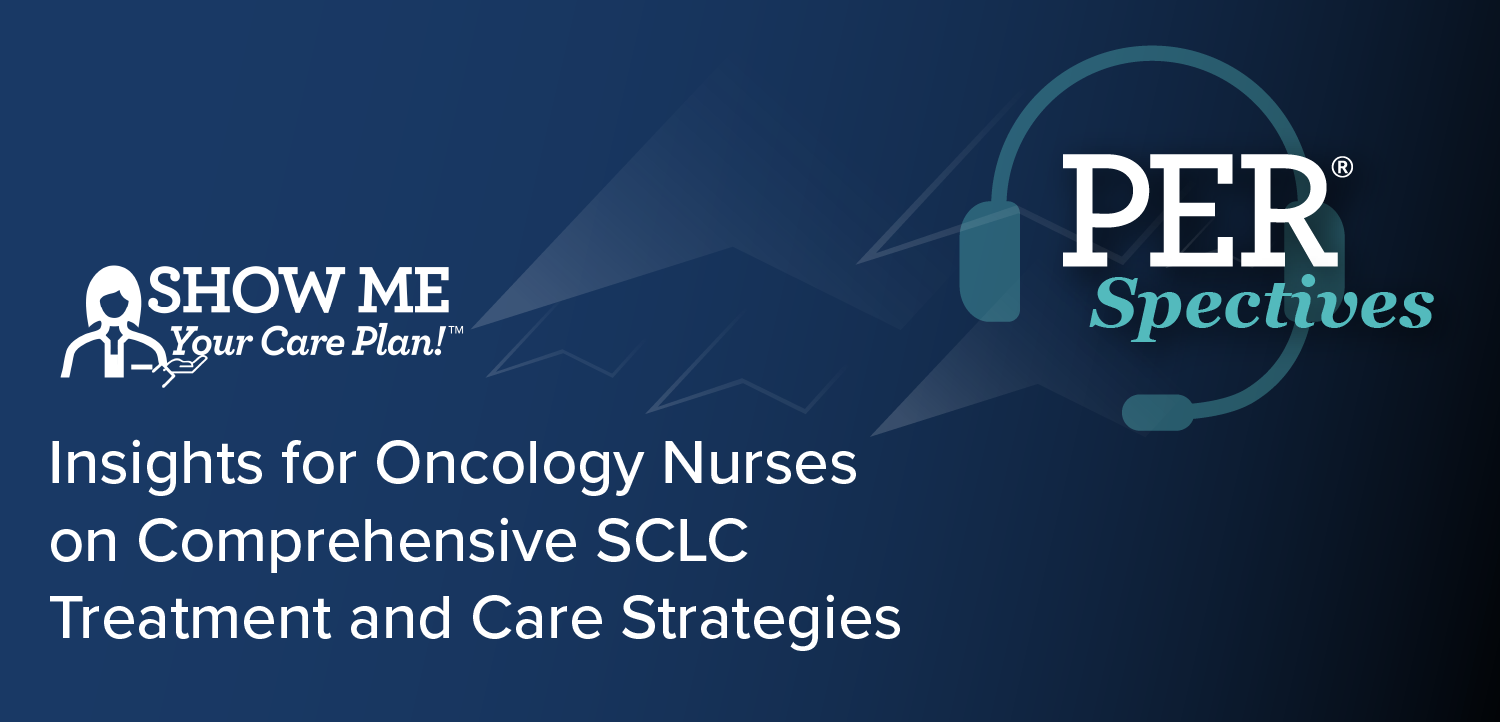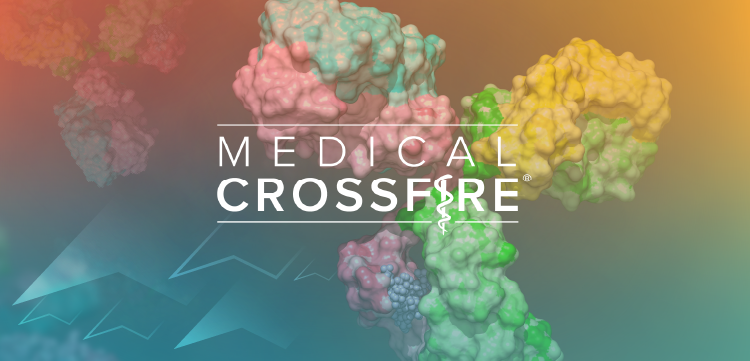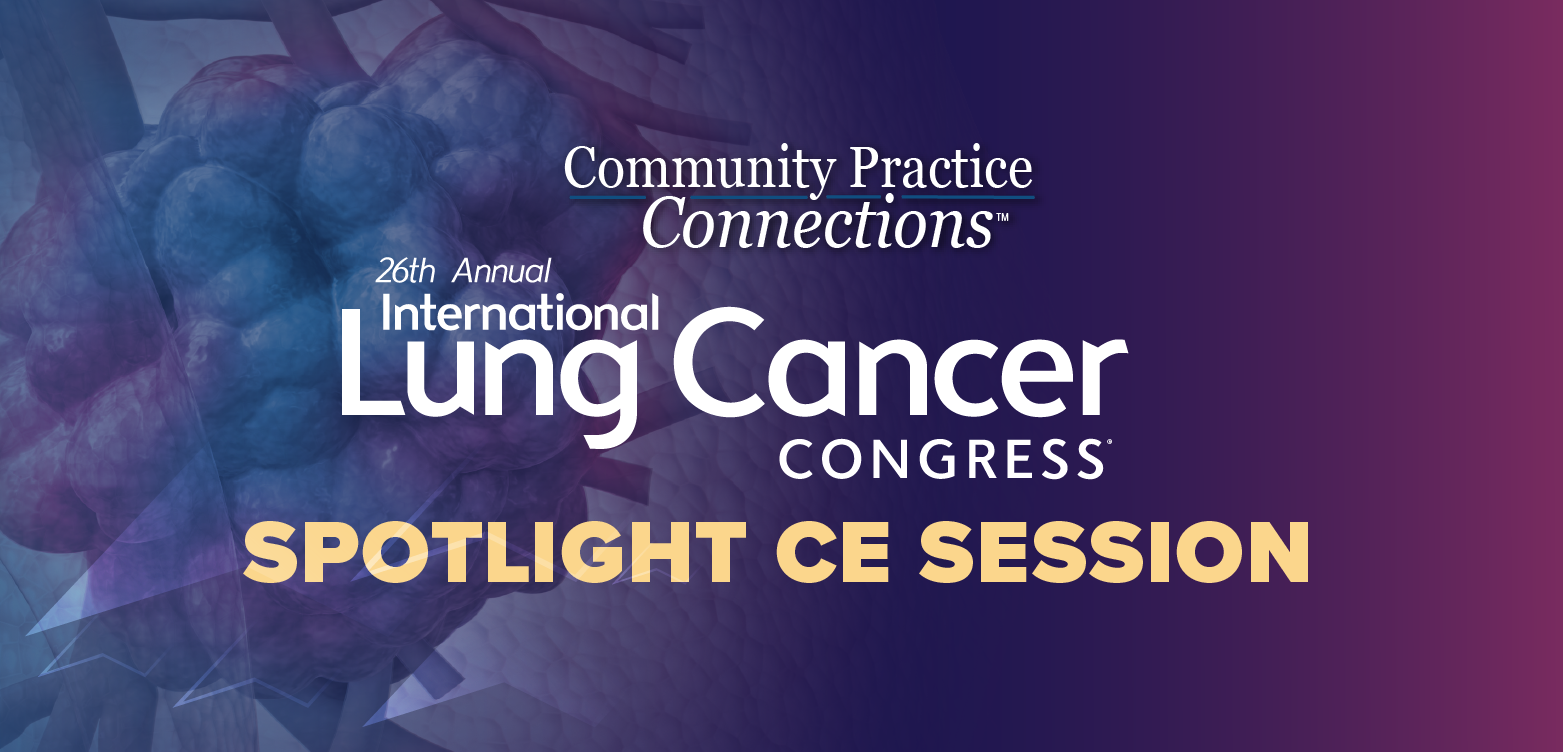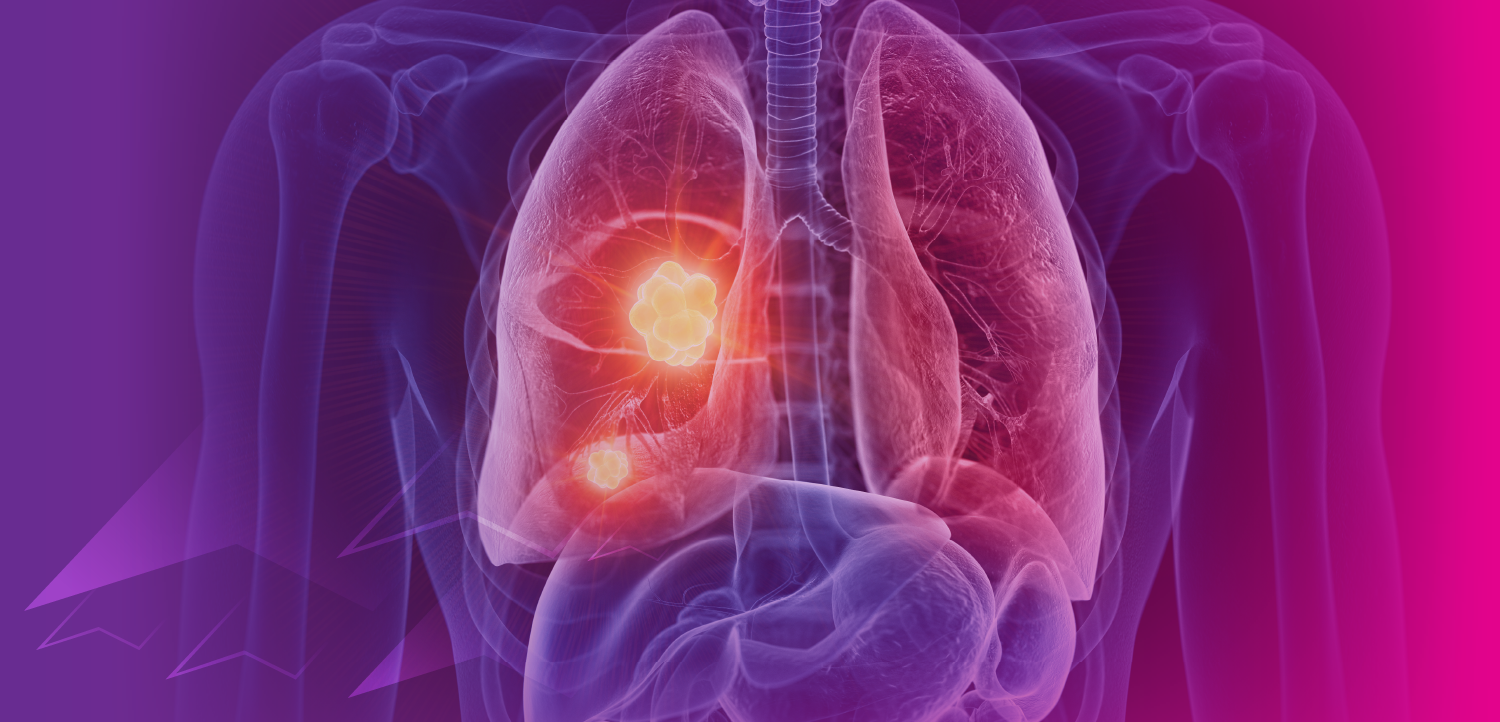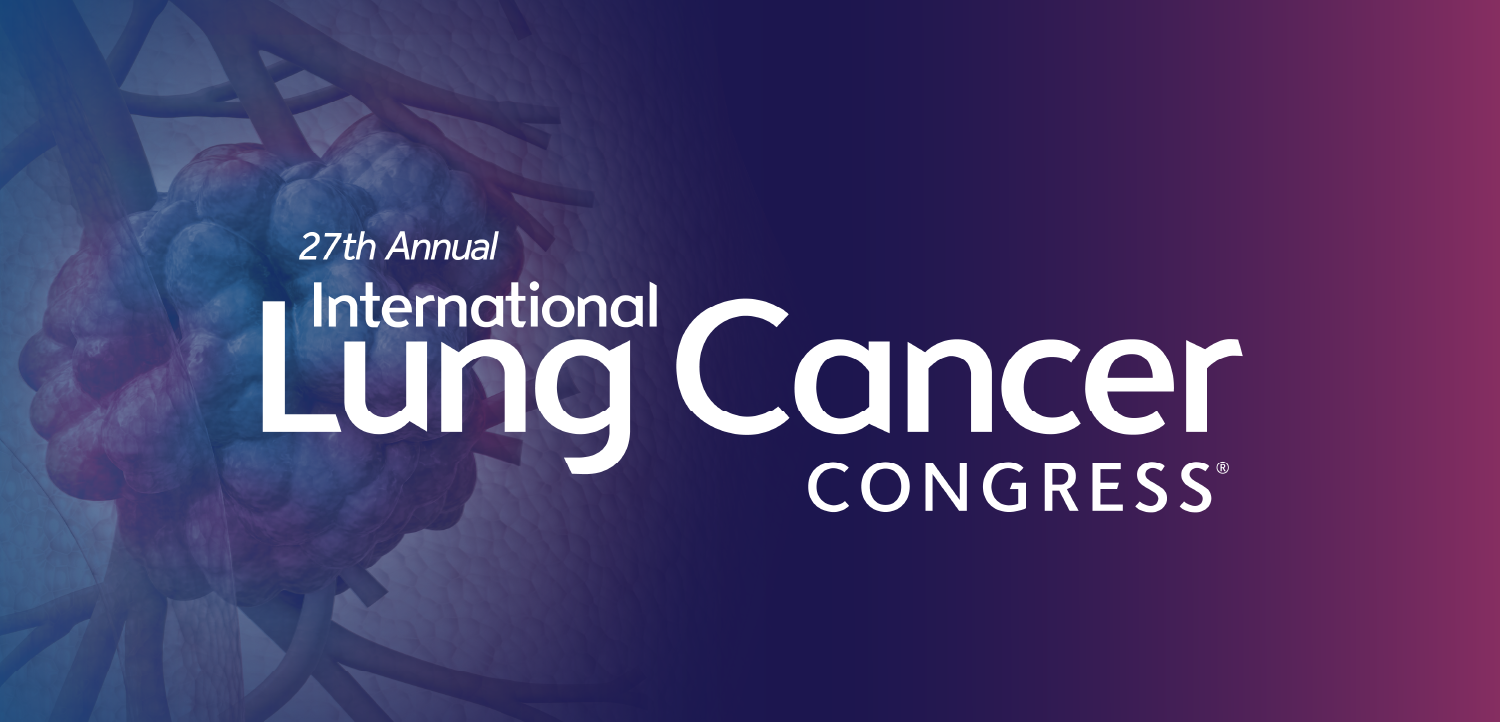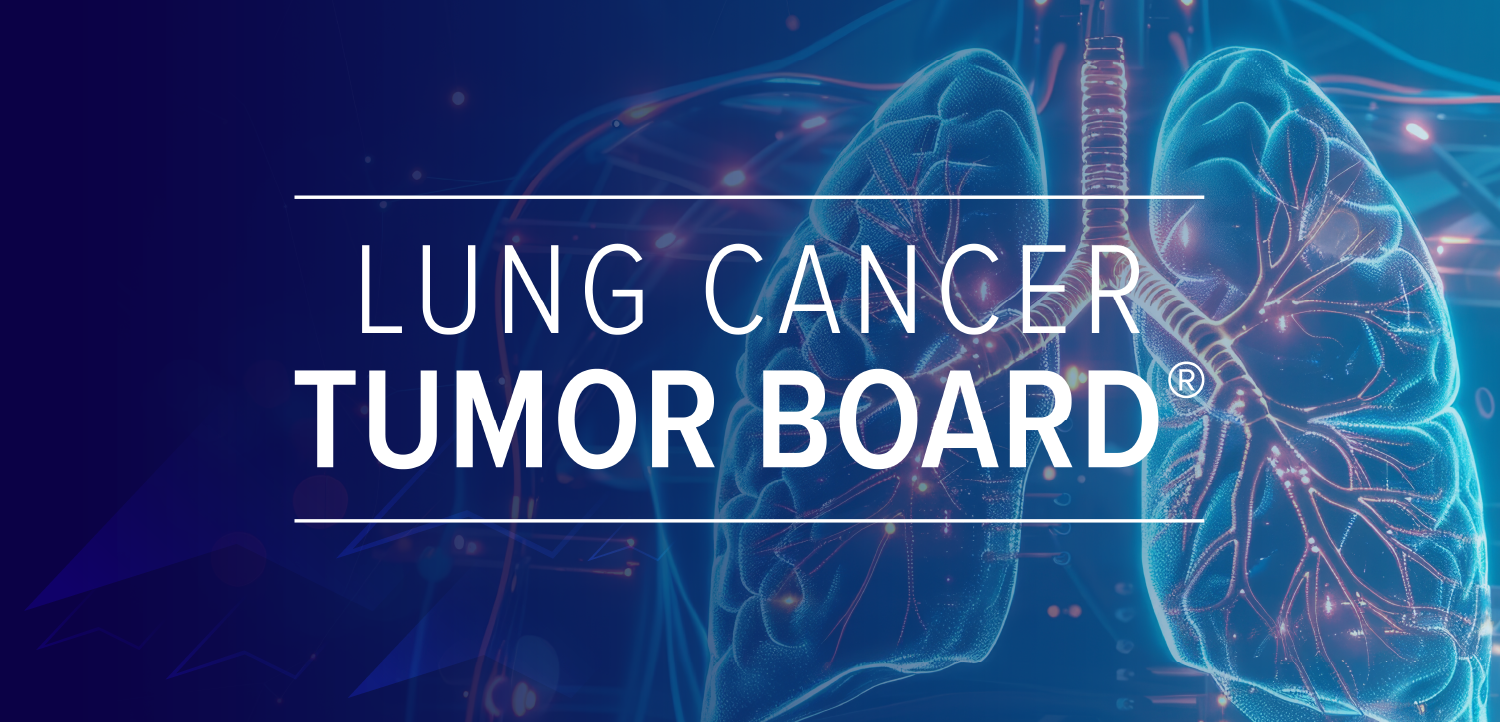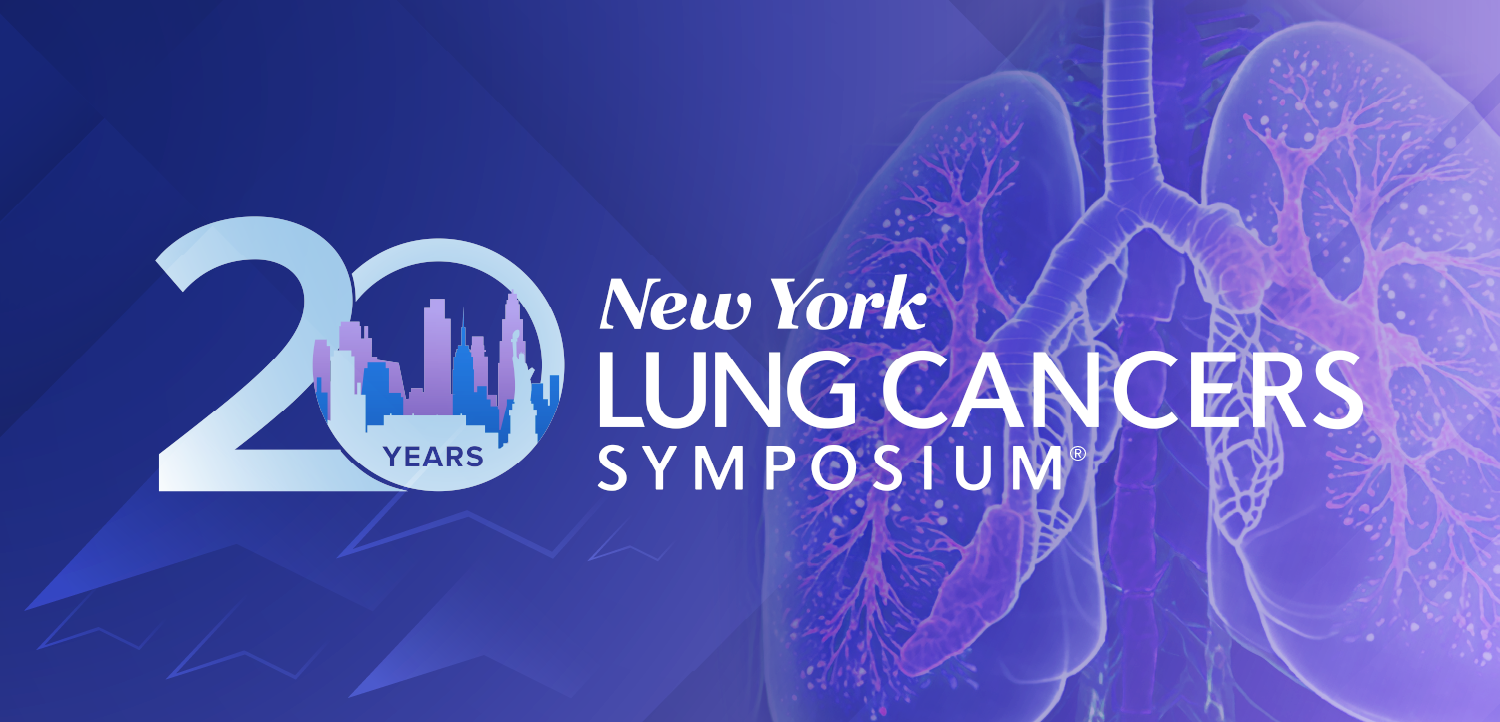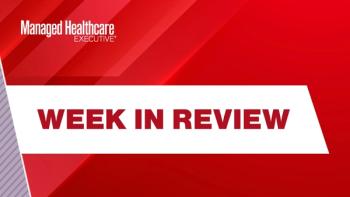
Variation by Age of EoE Symptoms May Contribute to Delayed Diagnosis for Some Patients
Patients with eosinophilic esophagitis experience a range of symptoms that can vary by age, which may contribute to younger patients experiencing a delay in diagnosis, according to a poster presented at the American College of Allergy, Asthma and Immunology Annual Scientific Meeting.
Some patients with eosinophilic esophagitis (EoE) also experience concomitant diseases, such as difficulty swallowing and abdominal pain, which results in a high disease burden. However, taking into consideration a few patient factors and symptoms of the disease can help to facilitate a timelier diagnosis, and therefore reduce the burden of the disease.
An analysis of the demographics and clinical characteristics of patients with EoE was
EoE is a chronic inflammatory disorder of the esophagus with common symptoms including difficulty swallowing, feeding difficulties in children with the disease, food impaction, chest and abdominal pain, reflux and vomiting.
Researchers from Mount Sinai’s Icahn School of Medicine, AstraZeneca, RTI Health Solutions and University of California, San Diego, conducted a retrospective analysis of the claims in the 2017-2021 MarketScan Commercial database as well as Medicare administrative claims of patients with EoE. The study was part of the CONSTELLATION real-world evidence program.
The patients included in the study had at least 12 months of continuous health plan enrollment before and after the index date, which was their first observed EoE diagnosis. Patients also had at least 1 inpatient or at least 2 outpatient insurance claims with a diagnosis of EoE.
A total of 12,694 patients with newly diagnosed EoE were included. The median age (standard deviation) was 38.2 years (16.5 years). In addition, 63.5% of the patients were male. The majority of patients (84.9%) were adults. Children accounted for 6.6% and adolescents accounted for 8.5%.
In the children (younger than 12 years old) and adolescent (12 to 17 years old) subgroups, there was a slightly higher proportion of males (69.9% and 69.6%, respectively) compared with the adult (18 years or older) subgroup (62.4%). There were no children or adolescents on Medicare and only 2.7% of the adult subgroup was on Medicare. Adults had a higher mean Charlson comorbidity index score: 0.8 compared with 0.5 for both children and adolescents.
The most common EoE-related symptoms prior to diagnosis varied slightly among the groups:
- In children, the most common symptom was abdominal pain (38.8%) followed by acid reflux (36.8%)
- In adolescents, the most common symptom was abdominal pain (35.1%) followed by difficulty swallowing (32.6%)
- In adults, the most common symptom was difficulty swallowing (39.4%) followed by acid reflux (37.4%).
Patients with difficulty swallowing, heartburn and food impaction had the shortest time from first symptom to diagnosis. For adults, the time from onset of difficulty swallowing to EoE diagnosis was shorter with a mean of 80 days compared with a mean of 110 days for children and 91 days for adolescents. Food impaction had the shortest number of mean days from onset to diagnosis across all age groups: 36 days for children, 61 days for adolescents and 70 days for adults.
For children and adults, there was the longest time from onset of failure to thrive to diagnosis at a mean of 202 days for children and 196 days for adults. The symptom with the longest time from onset to diagnosis for adolescents was nutritional deficiencies at a mean of 161 days.
Concomitant allergic diseases occurred more frequently in children and adolescents compared with adults in the 12 months prior to diagnosis. The most common for children was food allergy (31%). The most common for adolescents was asthma (25%). Mental health comorbidities occurred more frequently in adolescents and adults. The most common mental health comorbidity was depression/anxiety (8.7% of children, 17.6% of adolescents and 18.9 of adults).
According to the researchers, the non-specific gastrointestinal symptoms—such as abdominal pain, acid reflux and vomiting—more common in children may have contributed to the delayed diagnosis for this age group.
“Comorbidities, presence of EoE-specific and non-specific symptoms, time from first symptoms to diagnosis, and their variation by patient age should all be considered to facilitate a timely diagnosis and reduce the burden of EoE,” they concluded.
Newsletter
Get the latest industry news, event updates, and more from Managed healthcare Executive.


